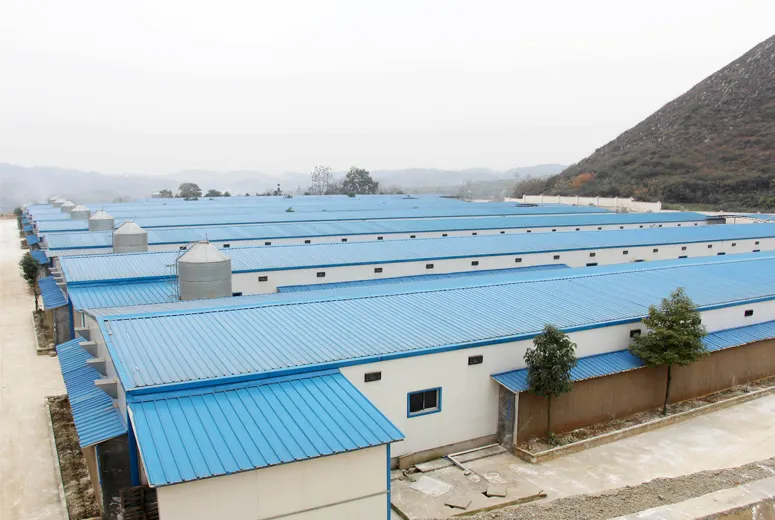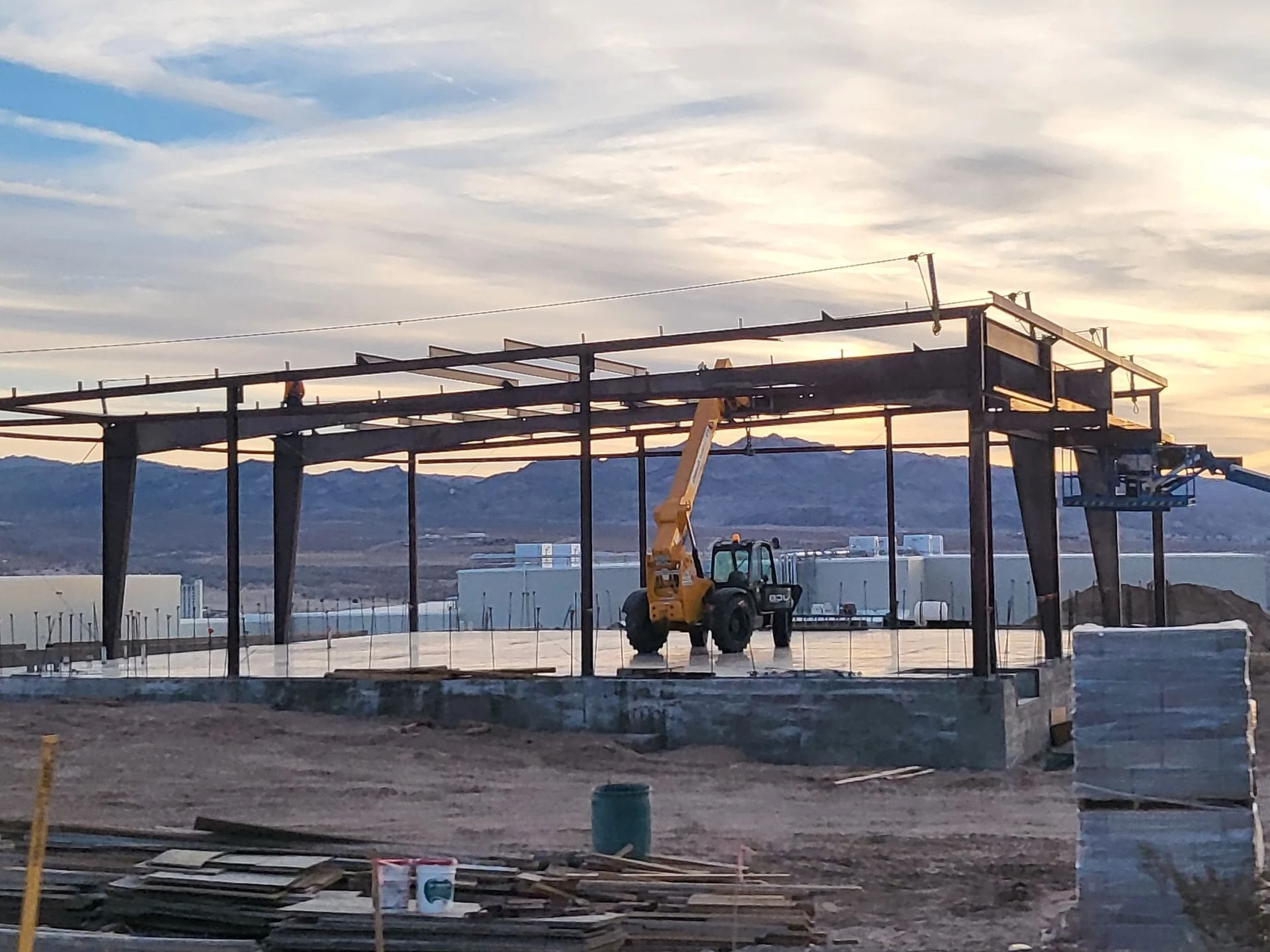- Afrikaans
- Albanian
- Amharic
- Arabic
- Armenian
- Azerbaijani
- Basque
- Belarusian
- Bengali
- Bosnian
- Bulgarian
- Catalan
- Cebuano
- Corsican
- Croatian
- Czech
- Danish
- Dutch
- English
- Esperanto
- Estonian
- Finnish
- French
- Frisian
- Galician
- Georgian
- German
- Greek
- Gujarati
- Haitian Creole
- hausa
- hawaiian
- Hebrew
- Hindi
- Miao
- Hungarian
- Icelandic
- igbo
- Indonesian
- irish
- Italian
- Japanese
- Javanese
- Kannada
- kazakh
- Khmer
- Rwandese
- Korean
- Kurdish
- Kyrgyz
- Lao
- Latin
- Latvian
- Lithuanian
- Luxembourgish
- Macedonian
- Malgashi
- Malay
- Malayalam
- Maltese
- Maori
- Marathi
- Mongolian
- Myanmar
- Nepali
- Norwegian
- Norwegian
- Occitan
- Pashto
- Persian
- Polish
- Portuguese
- Punjabi
- Romanian
- Russian
- Samoan
- Scottish Gaelic
- Serbian
- Sesotho
- Shona
- Sindhi
- Sinhala
- Slovak
- Slovenian
- Somali
- Spanish
- Sundanese
- Swahili
- Swedish
- Tagalog
- Tajik
- Tamil
- Tatar
- Telugu
- Thai
- Turkish
- Turkmen
- Ukrainian
- Urdu
- Uighur
- Uzbek
- Vietnamese
- Welsh
- Bantu
- Yiddish
- Yoruba
- Zulu
студ . 02, 2025 05:40 Back to list
Warehouse Building Design Key Considerations for Modern Logistics
The rapid evolution of e-commerce and global supply chains has made effective warehouse design more crucial than ever. As businesses strive to optimize their operations, a well-planned warehouse can enhance efficiency, reduce costs, and improve service quality. In this article, we'll explore the essential factors to consider when designing a warehouse building that meets the demands of today’s logistics landscape.
1. Understanding the Purpose of the Warehouse
Before any design work begins, it is vital to have a clear understanding of the warehouse's purpose. Will it primarily serve as a storage facility, or will it include additional functions such as order fulfillment, cross-docking, or value-added services? Identifying the warehouse's primary activities will inform decisions about layout, space allocation, and functional areas.
2. Site Selection and Layout Planning
The location of the warehouse significantly affects its operational efficiency. Proximity to suppliers, customers, and major transportation hubs like highways, airports, and ports can reduce transportation costs and improve delivery times. Once the site is chosen, effective layout planning is paramount. A well-designed warehouse layout minimizes travel time for workers and equipment, reducing operational costs.
When arranging the layout, consider the flow of materials and personnel. The design should facilitate efficient movement through various stages, including receiving, storage, picking, packing, and shipping. Implementing an open layout with designated zones for each function can enhance workflow and minimize congestion.
3. Maximizing Storage Capacity
One of the primary goals of warehouse design is to maximize storage capacity while maintaining accessibility. This can be achieved through the use of various storage systems, such as pallet racks, shelving, and automated storage solutions.
Height is an often-underutilized aspect of warehouse design. By utilizing vertical space, warehouses can increase storage density without expanding their footprint. Modern racking systems—like drive-in racking or narrow aisle racking—can also help optimize space usage. Additionally, advanced automated solutions, such as Automated Guided Vehicles (AGVs) and robotics for picking, can significantly increase efficiency.
4
. Incorporating Technologywarehouse building design

The integration of technology into warehouse design is no longer optional; it is essential. Technologies like Warehouse Management Systems (WMS), RFID tracking, and IoT sensors enable real-time inventory management and tracking, aiding in maintaining accuracy and reducing waste.
Incorporating automated systems can streamline many warehouse operations, from sorting and packing to inventory control. Companies must consider how technology will fit into their specific processes and design their warehouses to accommodate these tools from the outset.
5. Energy Efficiency and Sustainability
As businesses become more environmentally conscious, energy efficiency in warehouse design is becoming increasingly important. Utilizing sustainable materials, energy-efficient lighting, and HVAC systems can significantly reduce operating costs and environmental impact.
Designing warehouses with natural lighting, proper insulation, and renewable energy sources, such as solar panels, can enhance sustainability while also providing long-term savings. Additionally, planning for future expansion or adaptation showcases foresight, allowing for easier integration of new technologies or methodologies.
6. Compliance and Safety
Safety regulations and compliance with local building codes must be at the forefront of warehouse design. Ensuring the warehouse is designed to meet all health and safety regulations not only protects workers but also minimizes liability for businesses.
Features such as fire safety systems, emergency exits, and proper signage must be incorporated into the design. Employee safety should also inform layout decisions, ensuring wide aisles, secure storage methods, and proper ergonomics in workspaces.
Conclusion
In summary, effective warehouse building design is a multifaceted process that demands careful consideration of purpose, layout, technology, sustainability, and safety. By integrating these dimensions thoughtfully, businesses can create warehouses that are not just functional but optimized for the evolving needs of modern logistics. As the logistics landscape continues to change, investing in smart warehouse design will be crucial for companies looking to maintain a competitive edge.
-
Innovative Steel Structure Building Solutions
NewsMay.19,2025
-
Innovative Prefab Metal Shed Solutions
NewsMay.19,2025
-
Durable Steel Horse Shelter Solutions
NewsMay.19,2025
-
Durable Metal Shed Solutions
NewsMay.19,2025
-
Durable Big Metal Shed Solutions
NewsMay.19,2025
-
Durable Barn Red Metal Building Solutions
NewsMay.19,2025
Products categories
Our Latest News
We have a professional design team and an excellent production and construction team.












